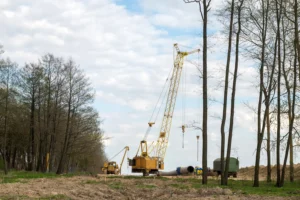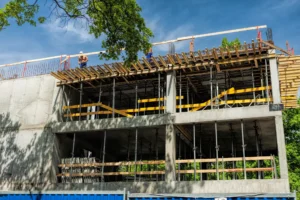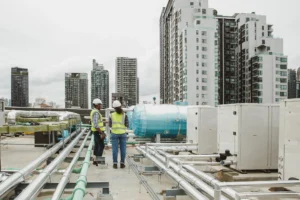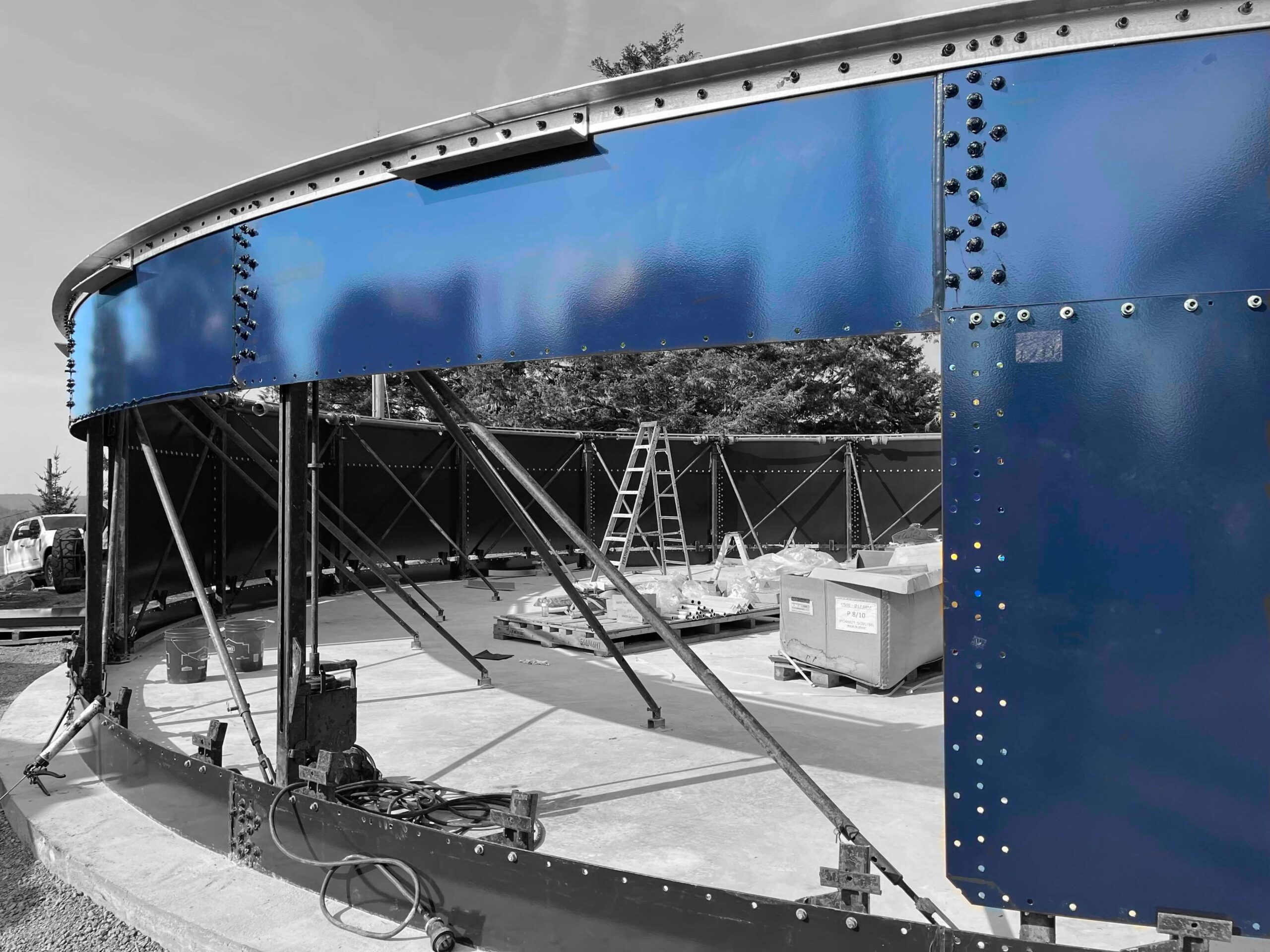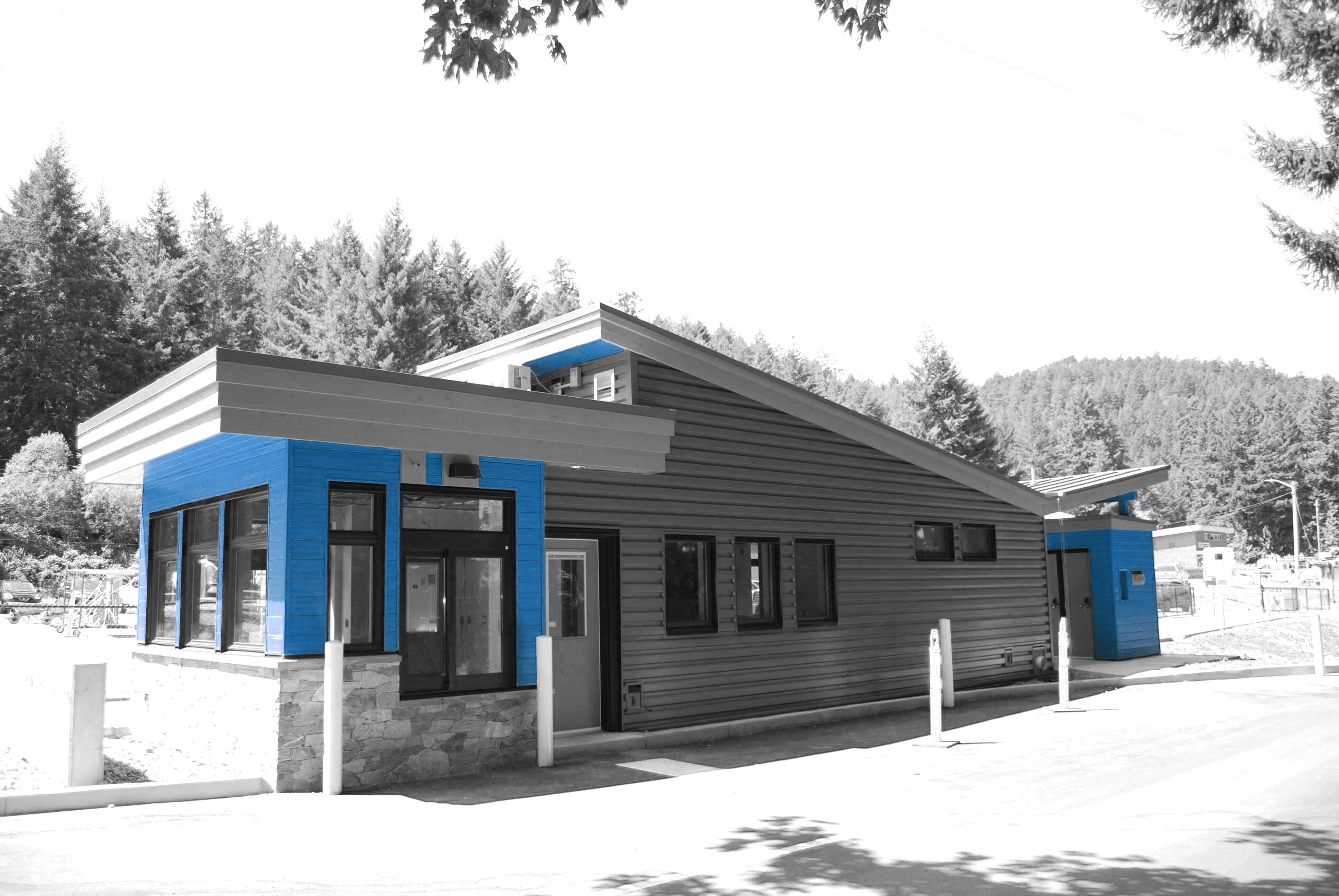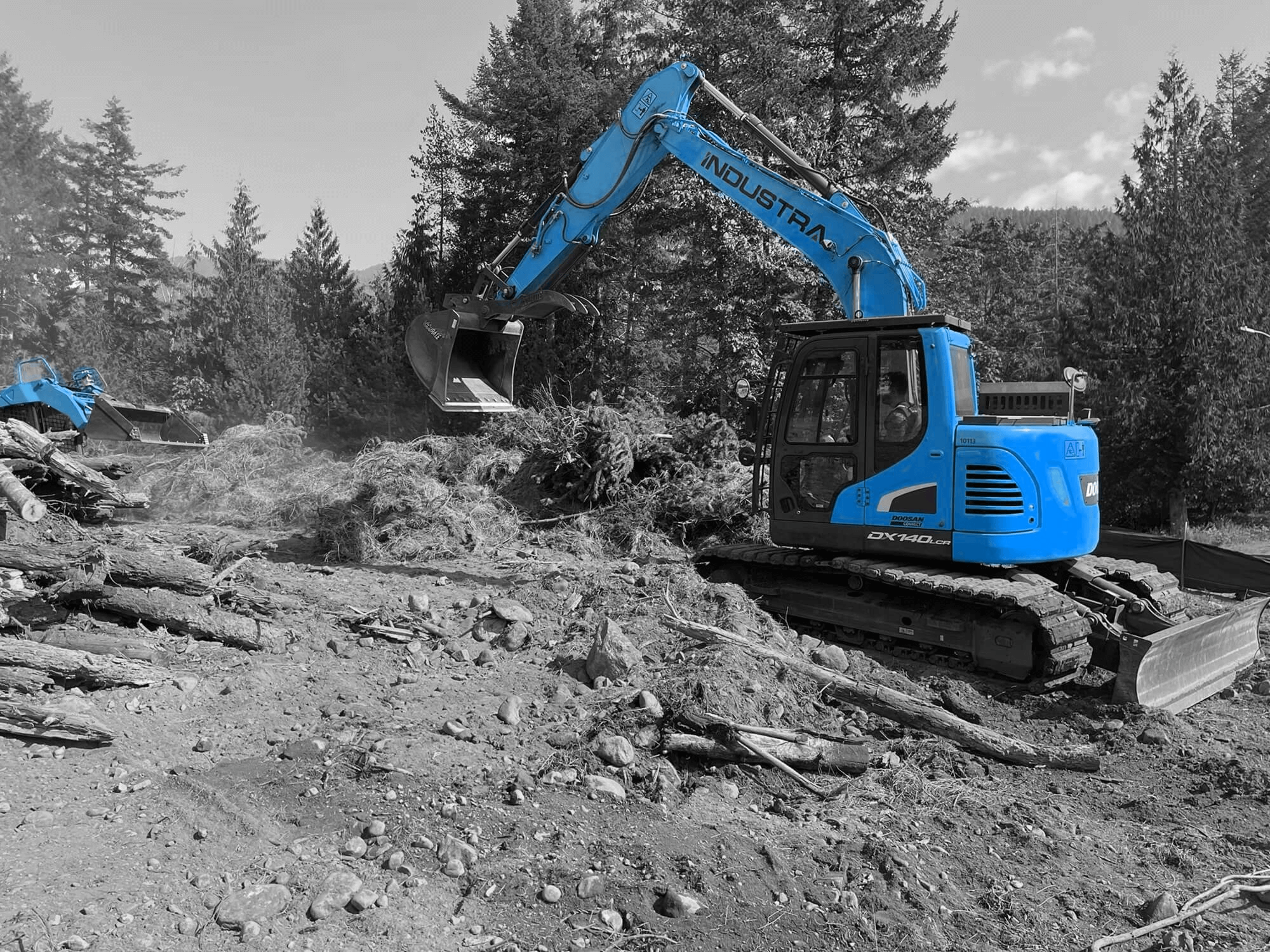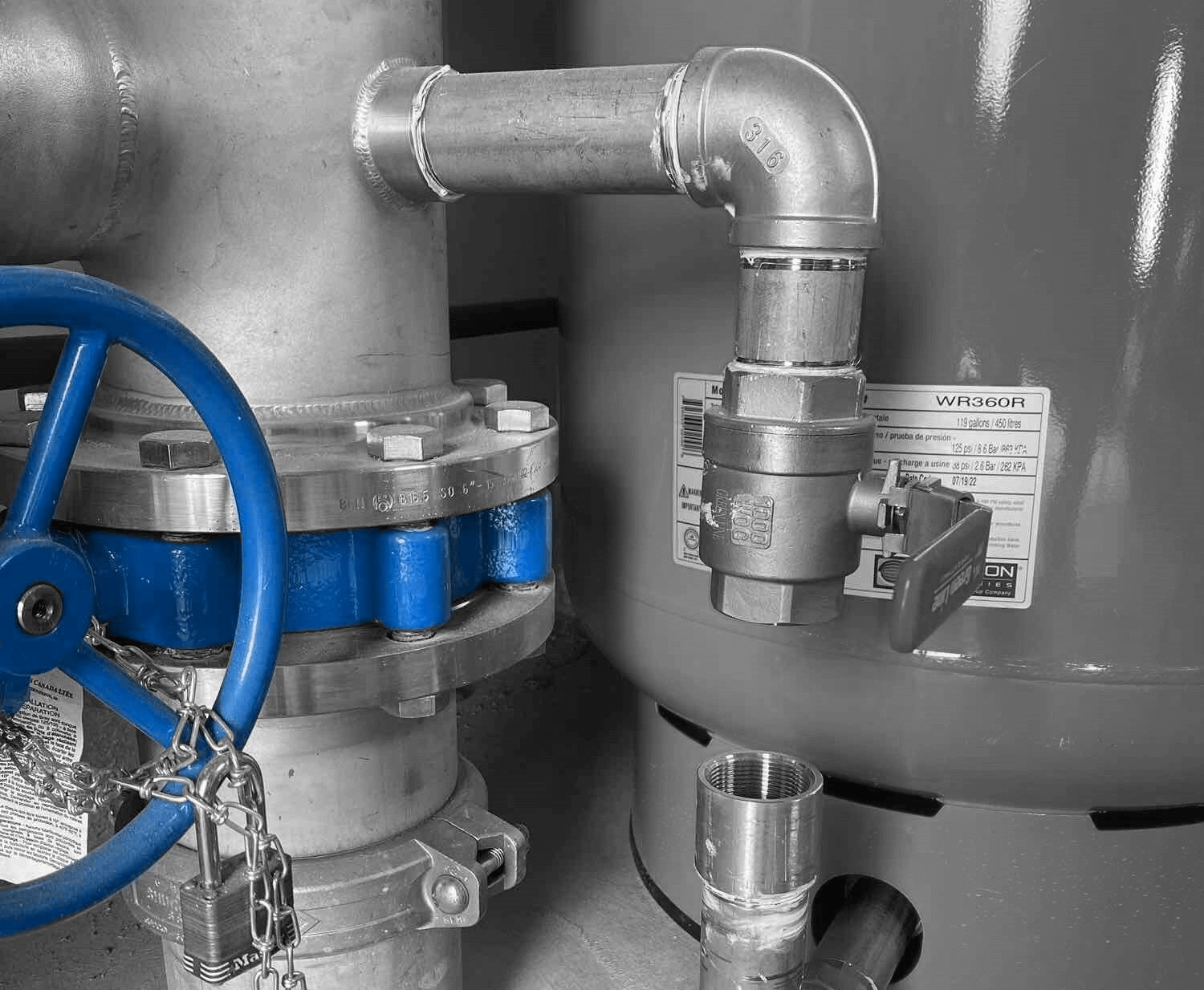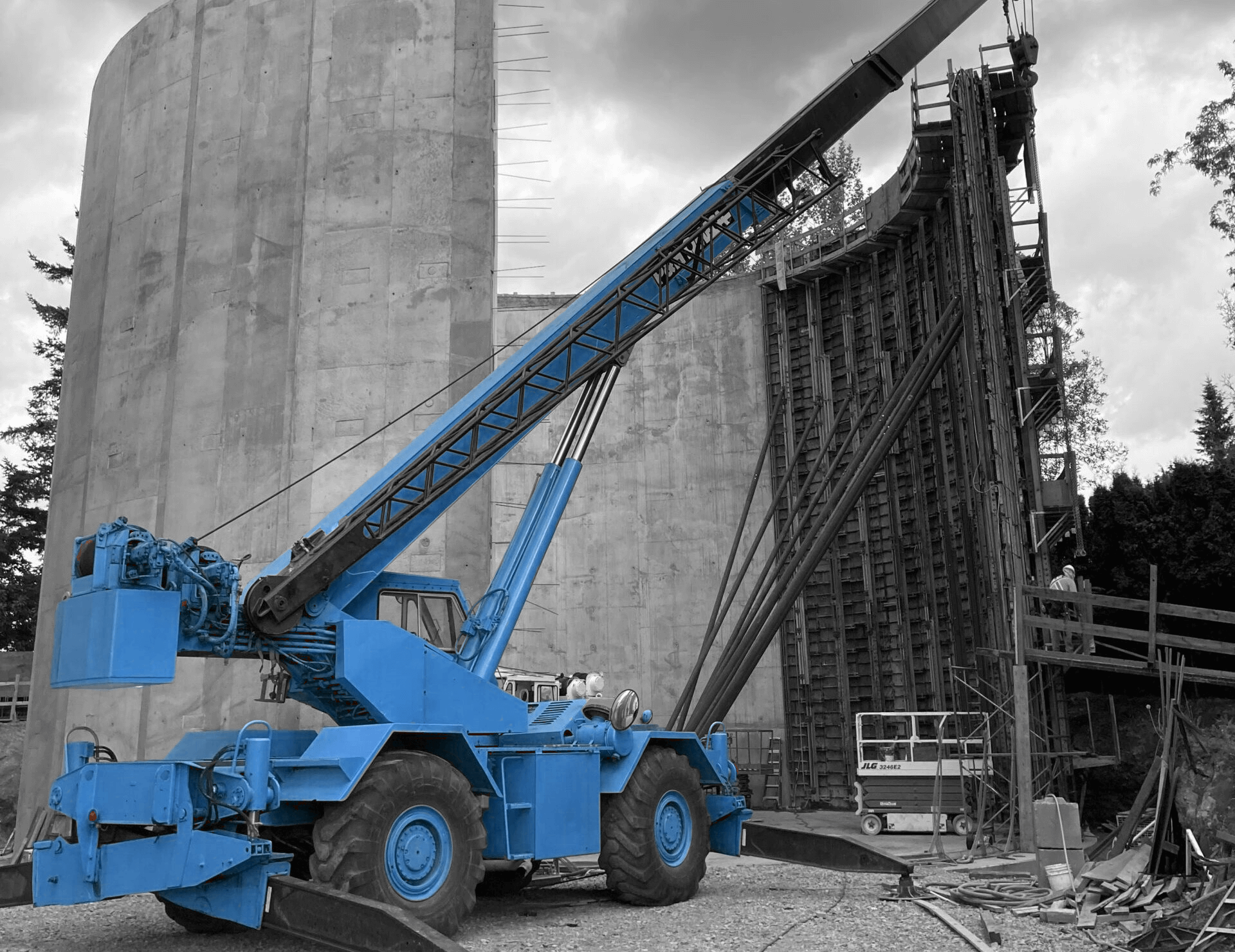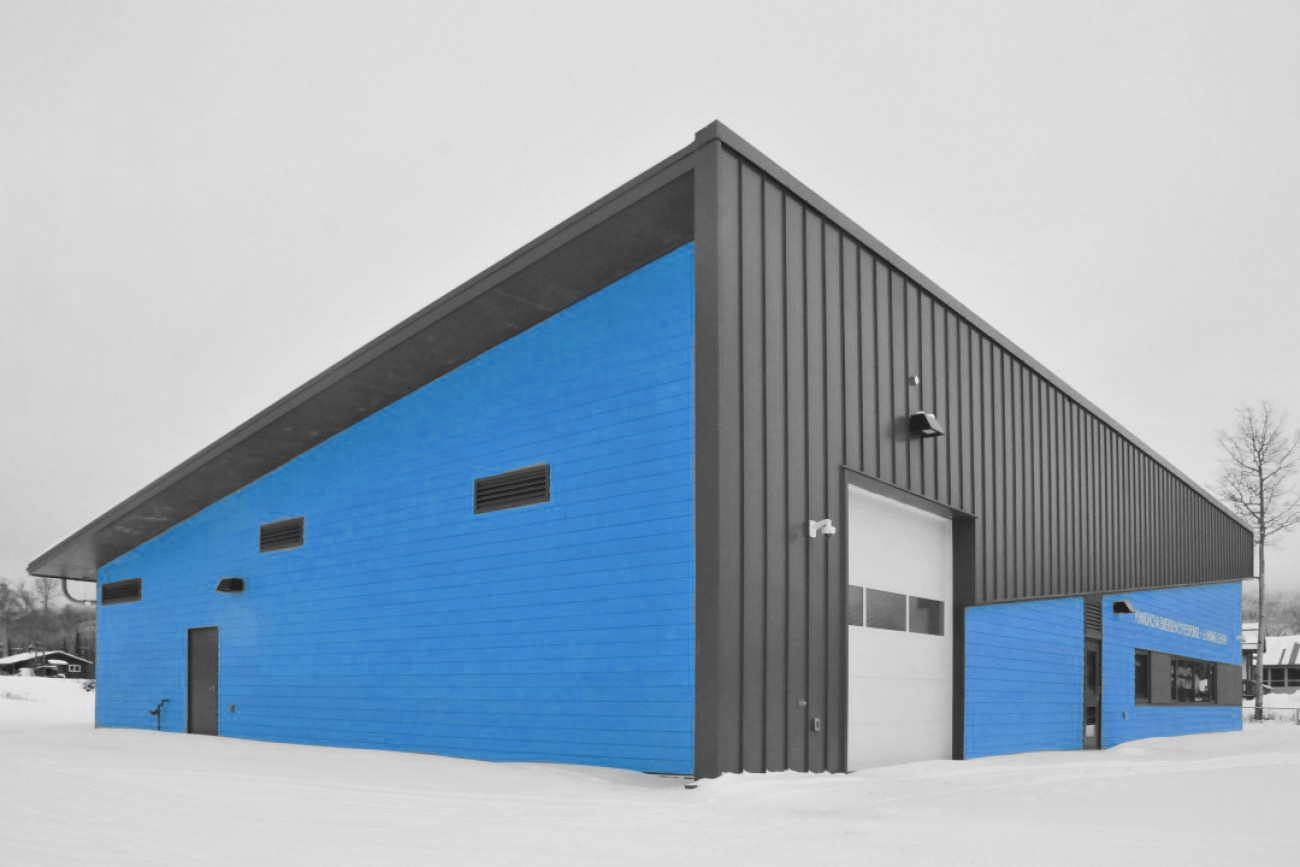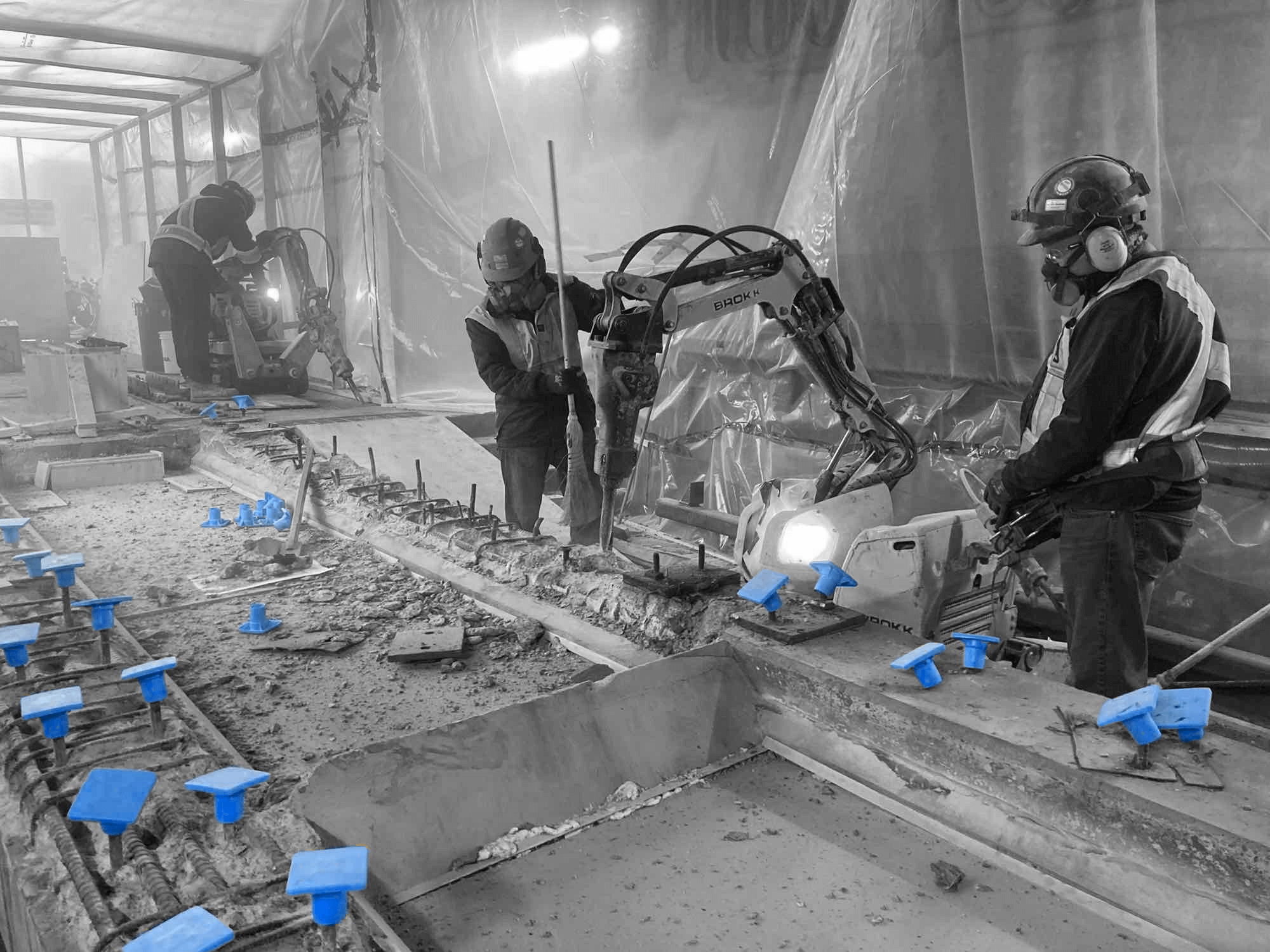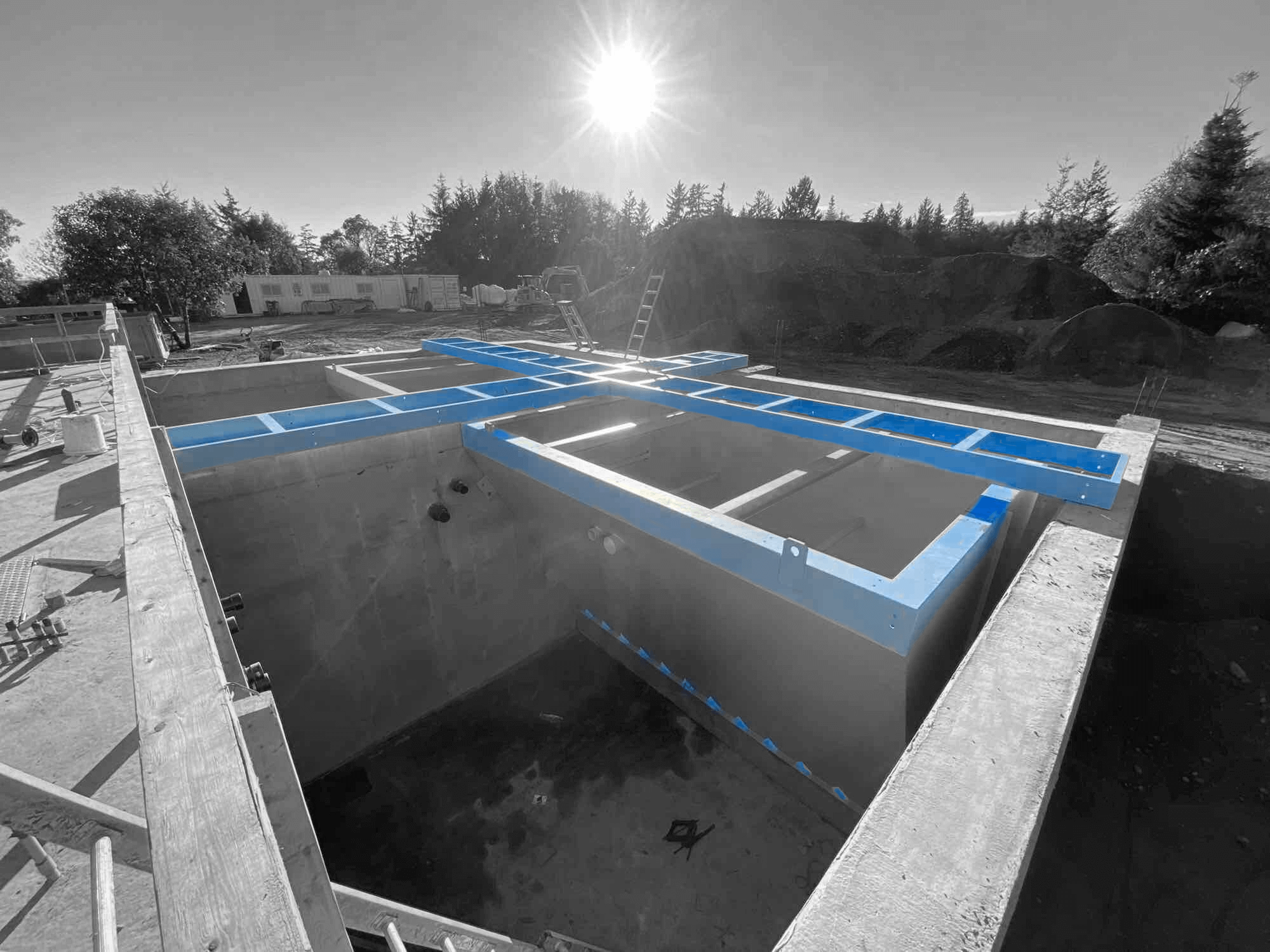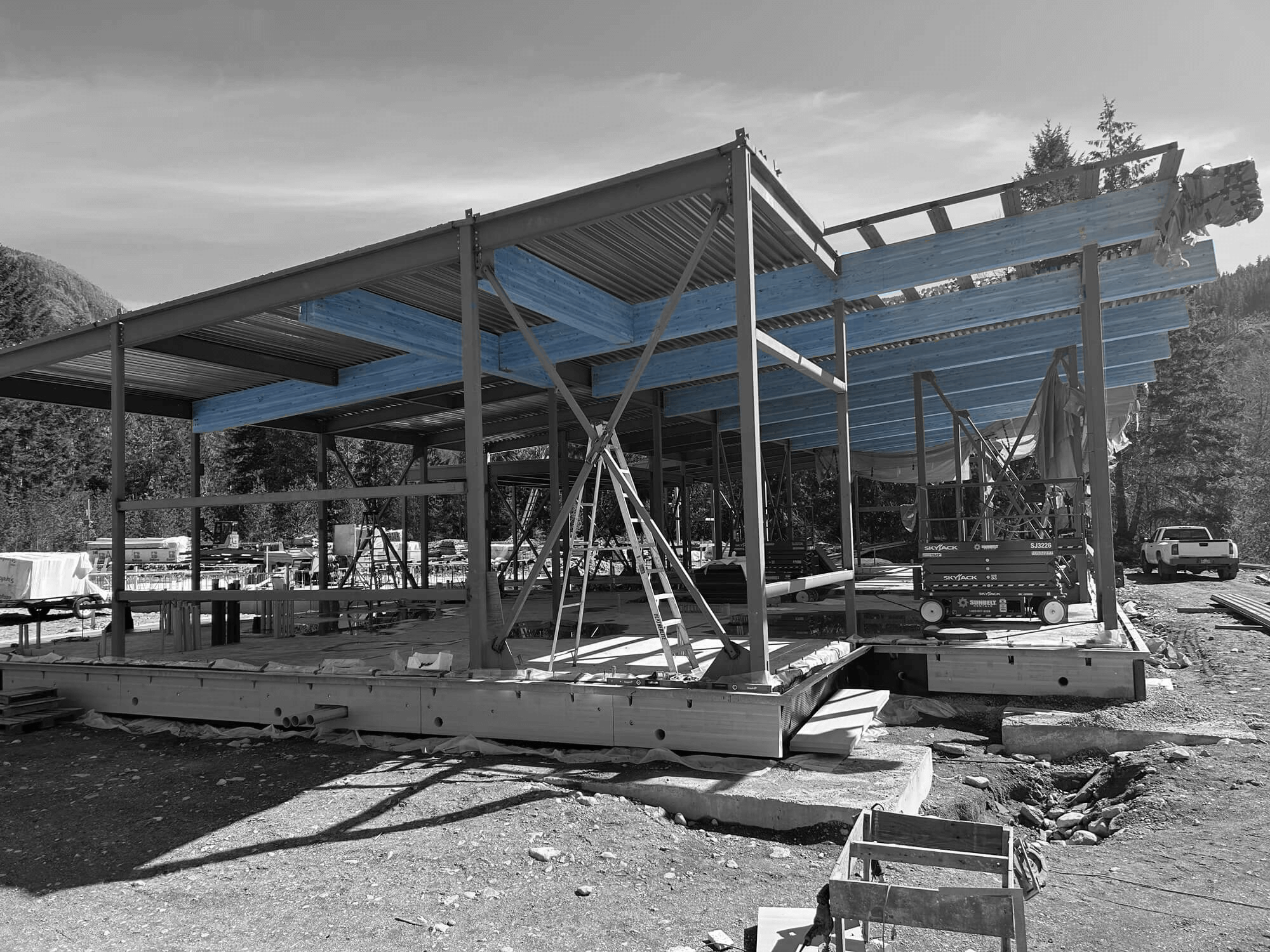Shorelines are constantly changing due to waves, currents, and weather. Marine construction plays a key role in protecting these shores and the communities that rely on them. Whether it’s building seawalls, breakwaters, or revetments, marine construction helps limit erosion and preserve coastlines. This article will explore different techniques, the benefits, and the future of marine construction in preserving our shores.
Understanding Marine Construction and Its Importance
Marine construction involves building structures in or near water to protect and manage shorelines. This type of construction includes creating barriers, such as seawalls and breakwaters, that help reduce the impact of waves. The main goal is to prevent erosion, which can cause significant damage to both natural habitats and human-made structures.
Shorelines face constant challenges from natural forces like waves, tides, and storms. These forces can erode beaches, wash away land, and even collapse structures. Marine construction uses engineering techniques to mitigate these risks. By creating strong barriers, we protect the land and communities close to the shore.
Maintaining healthy shorelines is essential for several reasons. First, it helps protect habitats for plants and animals. Many species depend on stable shorelines for survival. Second, it safeguards human property and infrastructure. Homes, roads, and businesses near the water are less likely to suffer damage. Finally, marine construction can preserve recreational areas like beaches and parks. This ensures that future generations can enjoy these natural spaces.
Techniques and Methods Used in Marine Construction to Protect Shores
Various techniques and methods are employed in marine construction to protect shores effectively. These methods depend on the specific needs and conditions of the shoreline.
1. Seawalls
Seawalls are vertical structures built parallel to the shore. They act as a barrier against waves and tides. Seawalls absorb wave energy, preventing it from eroding the land behind them. They are usually made of concrete or steel, making them durable and effective.
2. Breakwaters
Breakwaters are barriers placed offshore to break the force of incoming waves. They can be floating or fixed structures. By reducing wave energy before it reaches the shore, breakwaters help decrease erosion and protect coastal areas.
3. Revetments
Revetments are sloping structures placed on banks or cliffs in such a way that they absorb wave energy. They are typically made from rock or concrete. Revetments help prevent erosion by stabilizing the shoreline and reducing the impact of waves.
4. Groynes
Groynes are structures built perpendicular to the shore. They trap sediments that are moved by waves and currents. This helps build up the beach and reduce erosion. Groynes can be made from wood, rock, or concrete.
5. Dredging
Dredging involves removing sediments and debris from the bottom of water bodies. This process helps maintain harbour depths and create new land. By managing sediments, dredging can prevent silt from accumulating and enhance navigation channels.
Each of these techniques serves a specific purpose in protecting shorelines. The choice of method depends on factors like wave intensity, sediment movement, and the type of shore being protected. By using these methods, marine construction helps create safer and more stable shorelines.
Benefits of Shore Protection Through Marine Construction
Marine construction offers several benefits for shore protection, making it an essential investment for coastal areas. These benefits range from environmental preservation to economic advantages.
1. Environmental Benefits
By protecting shores, marine construction helps preserve natural habitats. Structures like seawalls and breakwaters provide stability to shorelines, which prevents erosion. This stability is crucial for plants and animals that live in these areas. Stable shores also help maintain water quality by preventing sediment from entering water bodies.
2. Protection of Property and Infrastructure
Many homes, businesses, and roads are built close to water bodies. Protecting these areas from erosion saves property and infrastructure from damage. This is especially important in storm-prone regions where waves and tides can cause significant harm. By using marine construction techniques, we can reduce the risk of costly repairs and rebuilding.
3. Economic Advantages
Healthy shorelines attract tourism. Beaches and recreational areas that are well-maintained draw visitors, boosting local economies. Marine construction also creates jobs for engineers, construction workers, and maintenance crews. This helps stimulate the economy and provides livelihoods for many people.
Overall, the benefits of shore protection through marine construction are extensive, impacting the environment, property, and local economies positively.
Future Trends in Marine Construction for Shore Preservation
As we move forward, new trends in marine construction are emerging to enhance shore preservation. These trends incorporate advanced technology, sustainable practices, and innovative designs.
1. Use of Eco-Friendly Materials
There is a growing focus on using eco-friendly materials in marine construction. These materials minimize environmental impact while still providing effective shore protection. For example, biodegradable geotextiles are being used to reinforce shorelines without harming marine life.
2. Integration of Technology
Technology is playing a significant role in improving marine construction techniques. Drones and underwater robots are used for site inspections and monitoring. This technology makes it easier to assess conditions and make necessary adjustments quickly. Computer models also help in designing more effective and efficient structures.
3. Living Shorelines
Living shorelines are becoming popular as a sustainable alternative to traditional hard structures. This method uses natural elements like plants, sand, and rock to stabilize the shore. These living barriers provide habitat for wildlife and improve the overall health of the ecosystem.
4. Adaptation to Climate Change
Climate change presents new challenges for shore preservation. Rising sea levels and increased storm frequency require adaptive methods. Marine construction focuses on building more resilient structures that can withstand extreme weather conditions and changing water levels.
These future trends highlight the continuous evolution in marine construction. By embracing these innovations, we can better protect our shores and adapt to new environmental challenges.
Conclusion
Marine construction is vital for protecting our shorelines. Through various techniques, such as seawalls and breakwaters, we can effectively reduce erosion and safeguard both natural habitats and human-made structures. The benefits of these efforts are far-reaching, from environmental preservation to economic advantages.
If you are interested in learning more about how marine construction can save shores or need expert guidance in your project, look no further than Industra Construction Corp. Our team is dedicated to providing top-notch services to protect and preserve our valuable shorelines. Contact us today to see how we can assist you with your marine construction needs.




